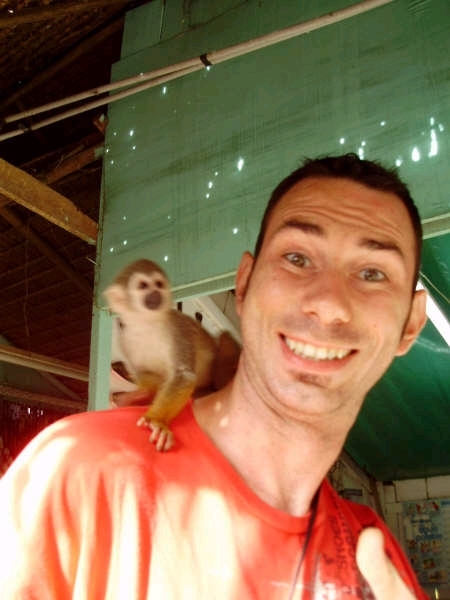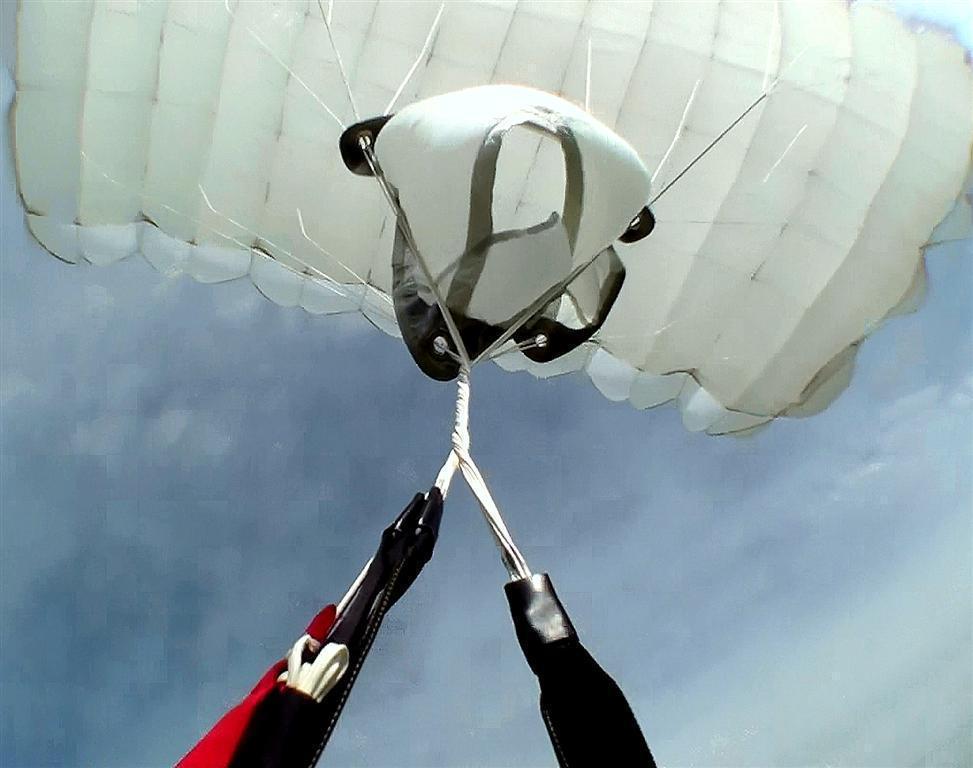Leaderboard
-
in all areas
- All areas
- Adverts
- Advert Questions
- Advert Reviews
- Videos
- Video Comments
- Blog Entries
- Blog Comments
- Images
- Image Comments
- Image Reviews
- Albums
- Album Comments
- Album Reviews
- Files
- File Comments
- File Reviews
- Dropzones
- Dropzone Comments
- Dropzone Reviews
- Gear
- Gear Comments
- Gear Reviews
- Articles
- Article Comments
- Article Reviews
- Fatalities
- Fatality Comments
- Fatality Reviews
- Stolen items
- Stolen item Comments
- Stolen item Reviews
- Records
- Record Comments
- Record Reviews
- Help Files
- Help File Comments
- Help File Reviews
- Events
- Event Comments
- Event Reviews
- Posts
- Status Updates
- Status Replies
-
Custom Date
-
All time
January 20 2016 - August 17 2025
-
Year
August 17 2024 - August 17 2025
-
Month
July 17 2025 - August 17 2025
-
Week
August 10 2025 - August 17 2025
-
Today
August 17 2025
-
Custom Date
09/27/2021 - 09/27/2021
-
All time
Popular Content
Showing content with the highest reputation on 09/27/2021 in all areas
-
2 pointsIt's a conspiracy! this just proves that the plandemic is created to target Conservatives! Something something wuhan something something Soros!
-
2 pointsGuns don't kill people. People who say "Guns don't kill people", kill people. With guns.
-
1 pointWell, if you take the vaccine, you get poisoned. So clearly you can't take the vaccine. And if you don't take the vaccine, you risk a potentially deadly disease, so clearly you must take the vaccine. Kind of like drinking the wine from the goblet.
-
1 pointThose wacky nanoparticles are showing up all over. First there was nanothermite in the Twin Towers, then there were nanobots in the vaccine - now there are nanoparticles in the virus! It's like they know to get inside of anything that conspiracy nuts are worried about.
-
1 point
-
1 pointIt's all part of the plan. Have you received your bidenbucks yet? It's almost like the party of personal responsibility are nothing of the sort.
-
1 pointEven at flatter angles, most wingsuits should have no issue keeping the legwing inflated. Flutter/Lack of pressure sometimes is just a suit issue, with the intlet not doing its job in keeping the wing pressurized..
-
1 point
-
1 point
-
1 point- 18 year term limit. - POTUS gets to appoint a new justice every 2 years. - Senate has 120 days to act on an appointment. If it does not act, appointment is done automatically without them. Every POTUS term gets 2 appointments. No more McConnell fucking over an appointment.
-
1 pointWith hundreds of thousands of people dead, and thousands dying every day, despite economy-crippling lockdowns, I think it was a good motivator that focused people's minds.
-
1 point
-
1 pointLess than half of those kids can even get vaccinated, since vaccines for under-12 kids are not approved yet. Thus the higher rates. And no, "a lot" did not have COVID already. So far there have been about 43 million reported COVID cases in the US. Even if that is underreported by a factor of 2, that means only about 25% of the US has had a COVID infection at some point. Far less than half. We are seeing a rise in child infections/hospitalizations because: 1) Delta is far more infectious than earlier strains and more kids are getting infected 2) Most kids are not eligible for a vaccination 3) Kids have become the latest political lever, and many republicans are going to great lengths to ensure that attempts to protect them from COVID fail.
-
1 pointIt is good enough that if everyone would get vaccinated the R number would drop low enough that the virus would disappear before long. As far a I know no vaccine is 100% effective on an individual basis. Several have been 100% effective in a society. But some people are too stupid and/or selfish to understand what is really a simple thing.
-
1 pointIf you record GPS data somewhere you may try Dashware (http://www.dashware.net/dashware-download/) - it's free and can support multiple GPS formats. You can even build your own gauges. I used it for overlaying GoPro's GPS data, although it was tricky and required first exporting the data from the video file via https://goprotelemetryextractor.com/free/# and then linking it back in the app. App's development has been discontinued in 2015, it still works, but it's not always user-firendly. Another bummer GoPro is slow to pick up GPS signal once it starts recording, so you may have data recorded starting from the middle of the jump For basic stats you may use GoPro's moble app and simply put one of stickers they offer (but those are basic, unlike fully custom ones in Dashware) GoPro 6 and later all have this feature enabled by default
-
1 pointThe difference between the original Havok and Havok Carve2 is minimal really. When my wife and I first got to the tunnel in Stockholm there were people flying all iterations of the suit. My wife still has an early model Havok that she uses. The difference is the Havok carve 2 stayed inflated slightly better through transitions. But unless you're a world class competitor you probably won't even notice. That is probably what the difference will be like with the carve 21. The thing that makes a Havok a Havok is the planform, which I don't think they touched since pretty much getting it right with the original.
-
1 pointDid the author say they were flying a 135---and that it was the smallest canopy they'd ever flown---and their reserve was a 126? Ummm, isn't that a big no-no? Or am I trippin?
-
1 pointDRP’s are hard. Freefall is easier — honest! Take It from someone who also did more than the minimum of DRP’s. Does your instructor have specific suggestions to improve it? Dudeman is right, this discussion is really between you and the instructor(s) at your dropzone. Sometimes a different instructor can help. If you’re at all close to a wind tunnel, that might ease one piece Of our anxiety. You’re clearly motivated — wonderful! Wendy P.
-
1 pointThere are many variables to consider when looking into a canopy collapse: What was the pilot doing? How fast was the canopy flying when it collapsed? Where was the pilot flying? What is the canopy design? What is the wing-loading? Was there any re-active solution employed?These are the principle considerations, but not the only ones. I will take each one separately. 1) The way in which a parachute is flown can increase or decrease the "G" loading on the lines. A rapid release of one or both brakes significantly increases the chances that the canopy will collapse. This allows the parachute to surge forward to a lower angle of attack, decreasing the lift of the parachute. This reduces the amount of energy exerted by the parachute away from the suspended load, allowing the "negative" portion of the lift to take over and allow the wing to fly towards the jumper. 2) Airspeed is what creates lift. Lift is what causes the wing to strive to fly up and away from the jumper. This is the formula for line tension and therefore stability. The slower you are flying, the more likely your parachute will collapse due to low internal pressure and low line tension. 3) Was the wing flying in clean air when the collapse occurred? This is an important part of the question. All parachutes can collapse in "bad" air. We must always fly considering the invisible dangers that the sky presents us. If you wouldn't fly a kite there, don't fly or land your parachute there. 4) Certain parachute designs do better in turbulence than others. I must avoid pointing fingers here, as this is a volatile industry that can be taken down by non-skydiving lawyers. Nevertheless, certain wings have an increased propensity to go "negative" when presented with adverse condition, while others bump around a bit and keep on flying. This is a complex issue, and the best way to decide which parachute to buy and fly is to listen to the actual statistics, and to your own experience when flying a particular design. I have not experienced any kind of collapse on the parachutes I fly, ever.* If you have on yours, you may want to reconsider what is over your head. *(This does not include nasty, ill-conceived prototypes that seemed like a good idea at the time. I am talking about production-model canopies here) 5) Parachutes perform differently at different wing loadings. The lighter the wing loading, the slower it will fly. This means that the internal pressurization of the wing will be less on larger canopies. In general, lightly loaded parachutes experience more small collapses than heavily loaded ones. Not only is there less internal pressure in the wing, but the dynamic forces area also less with decreased airspeed. This means that the average line tension tends to be less on a lightly loaded wing, and the wing tends to have a increased propensity to surge forward in the window when flying at low air speeds. This is why very small, highly loaded parachutes tend to experience fewer distortions, especially when flown at high speed. Flying at high speed increases the drag of the canopy itself, relative to the jumper, so the relative wind holds the parachute back in the window and at a higher angle of attack. This is why I make carving, high "G", high speed turns to final approach heading, especially in turbulence. The speed actually reduced the chances of a collapse by increasing the forces that keep the parachute at the end of the lines. I am literally increasing my wing loading by flying fast and at high "G's", and the increases velocity reduces the amount of time that I fly in bad air. I am not saying that you should downsize just to increase your stability. I am saying that until your skills and knowledge are ready to fly smaller, faster parachutes, you should stay out of the sky until the winds come down. I still haven't been hurt by a jump I didn't do. 6) This is all about "Pitch Control". If you are flying a good design with lots of airspeed and significant line tension, and in a reasonable location that has no obvious precursors for collapse, you can only deal with a collapse in a re-active manner, as you have addressed all of the relevant variables up to this point. If your wing tries to aggressively surge forward in the window, you must notice it and quickly stab the brakes to bring it to the back of the window. A collapse always begins by a surge to a low angle of attack, but there is very little time to deal with the problem before I folds under. Here are the signs: The first sign is a change in Pitch. The wing moves forward in the window. This is the limited flying space over your head. Too far forward and it collapses. Too far back and it stalls. The "G" loading drops dramatically and almost instantly. In other words, your apparent weight in the harness drops because the wing is producing less lift. This is the time to jerk on your brakes: quickly, sharply, but not more than about 50% of the total control stroke. This action is to pull the wing back in the window, not to stall the parachute. By putting the wing further back in the window, we are increasing the angle of attack. This increases the lift, and forces the wing to fly away from the suspended load and thereby increase the line tension. This can prevent a collapse entirely, or cause the wing to recover to stable flight before things get really out of control. If the wing is allowed to collapse, it may recover quickly on its own. This is why the more modern airfoils have the fat point (Center of Lift) so far forward. It causes the wing to pitch nose-up when it begins to fly again, bringing it back to the end of the lines. Nevertheless, parachutes can still collapse fully, which often involves significant loss of altitude and possibly a loss of heading. If your wing goes into a spin because of a collapse, your job is to stop the turn first, as you increase the angle of attack. If it is spinning, there is less chance of recovery until the flight path is coordinated and the heading stable. Conclusions: Don't fly an unstable parachute. If it is prone to collapse, ground the parachute. Do not sell it to an unsuspecting jumper at another drop zone. These people are your brothers and sisters. Don't fly in crappy air. Land in wide open spaces, in light winds, and never directly behind another canopy. Practice stabbing your brakes in response to forward surges on the pitch axis. This must become a "learned instinct" that requires no thought at all. Like pulling emergency handles, pulling the wing to the back of the window when the lines get slack is essential for safe skydiving. Keep flying the parachute. If your parachute does something funny near the ground, don't give up. If you keep your eyes on YOUR ORIGINAL HEADING, you will unconsciously do things that will aid your stability and keep you from getting hurt. Looking toward what you don't want is how you make it occur. I hope this little article helps you understand the phenomenon of collapses a bit better. I know as well as anyone how painful a collapse can be. I do not want to go back to that wheelchair, and I don't want anyone else to have to experience that either. You morons are my family, and if information can help protect you, I will give it until my lungs are out of air. Blue Skies, Sky People. Bri Article Discussion BIGAIR SPORTZ
-
Newsletter


.thumb.jpg.4bb795e2eaf21b8b300039a5e1ec7f92.jpg)







